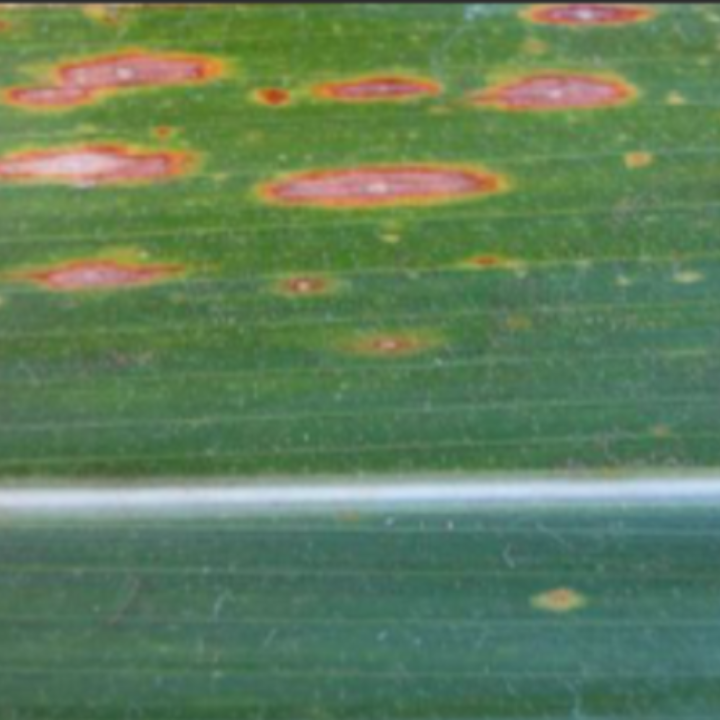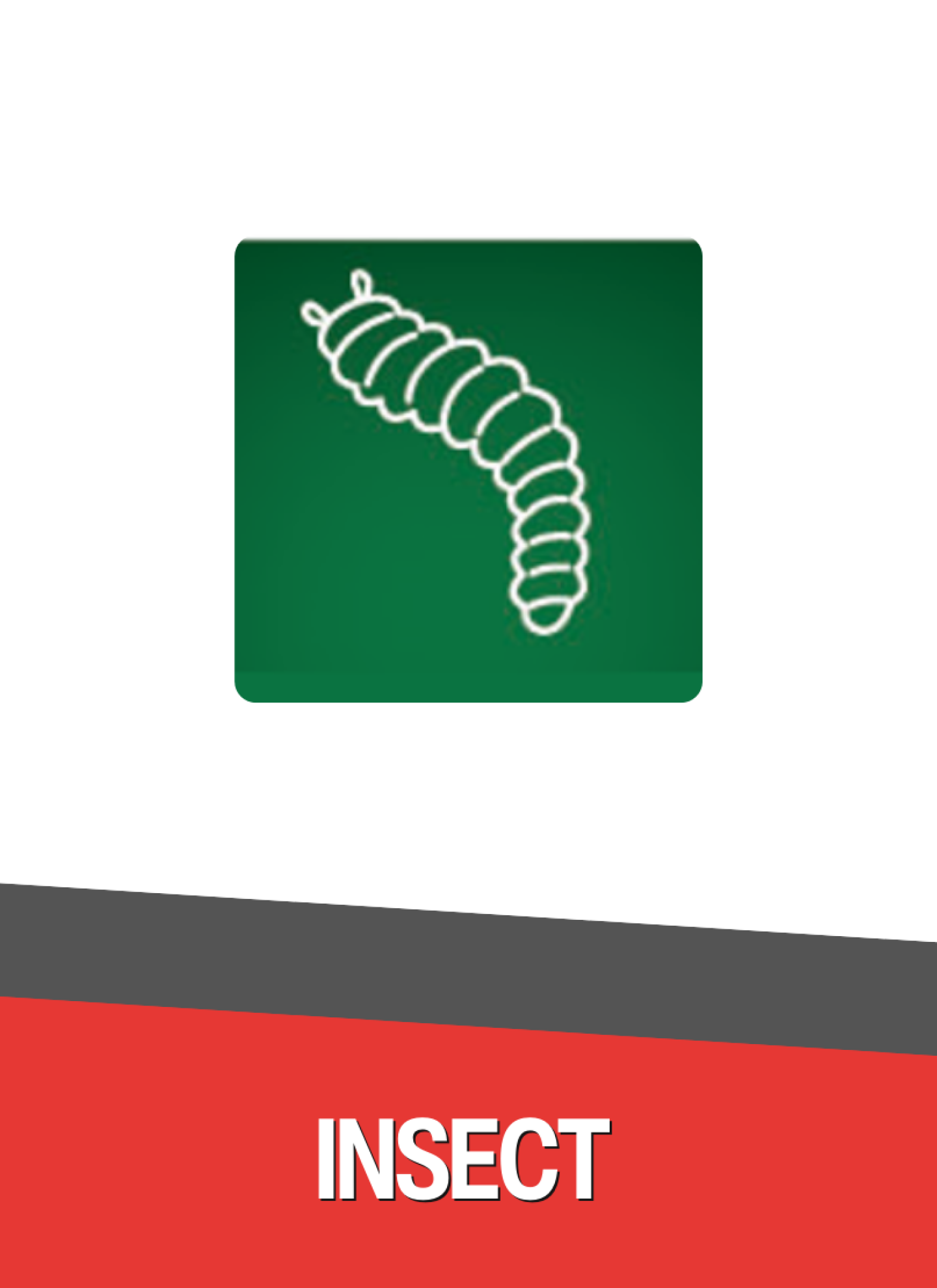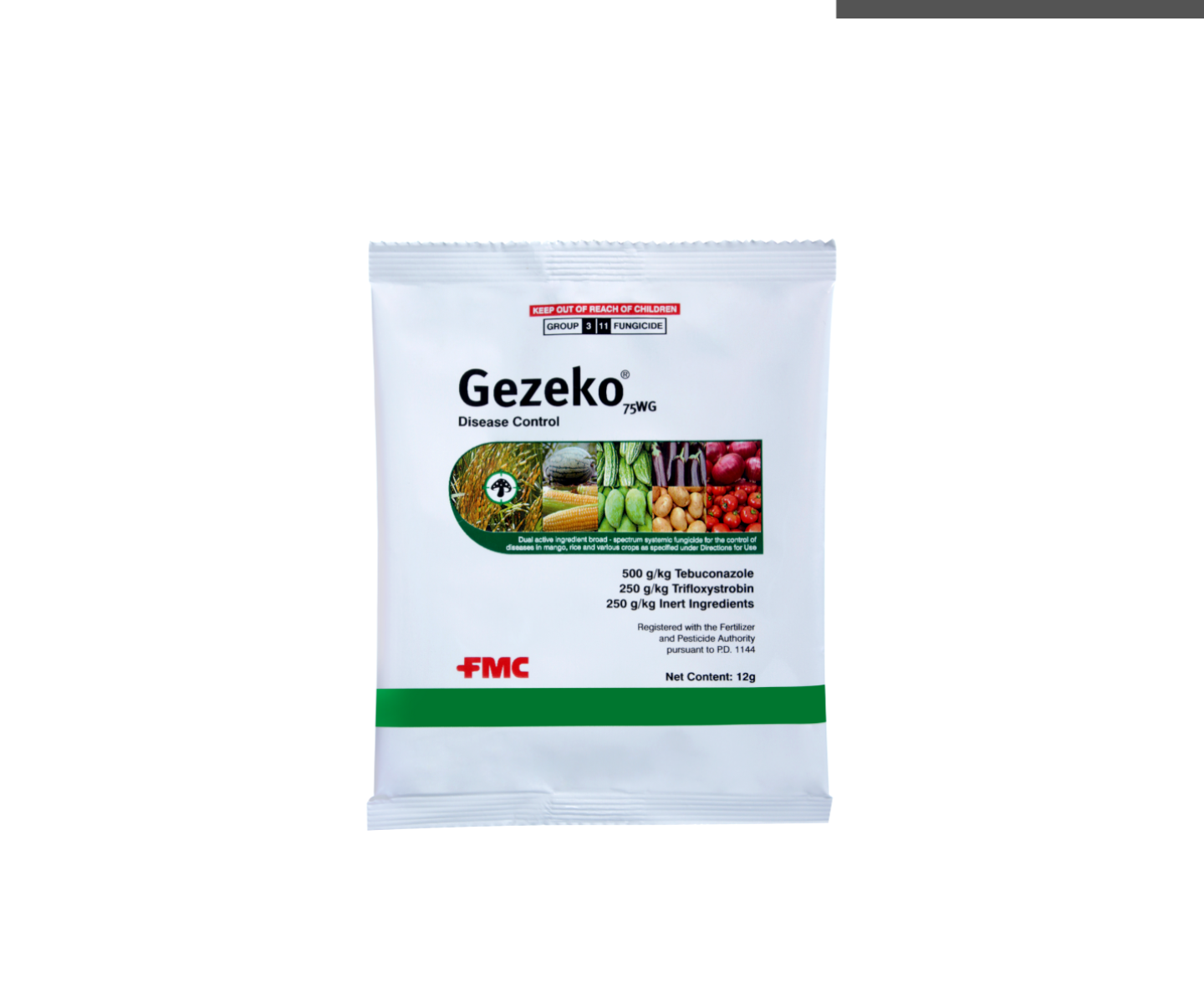Helminthosporium Leaf Spot

Helminthosporium leaf spot or Northern Corn Leaf Blight (NCLB) is a fungal disease that is favored by extended wet, cool, humid weather, temperature around 18-30°C, minimum tillage and continuous cropping season.
Exserohilum turcicum or previously known as Helminthosporium turcicum can be spread through airborne spores disseminated by rain splash and in long distance by wind. The fungus survives in soil and infected crop debris.
What are the symptoms
Initial symptoms appear as long, narrow and straw-colored lesions that develop parallel to leaf margins. These narrow lesions further develop and coalesce forming long, cigar-shaped tan or grayish lesions on the leaf surface. In severe cases, multiple lesions develop forming large irregular dry necrotic areas in nearly all leaves, leaf sheaths and even husks of the susceptible plants.
Impact to the crop
NCLB can rarely cause significant yield loss during dry warm weather, but can cause a significant decrease in yield during the rainy season particularly if infection begins at tasselling and silking stage of corn development.
How to control
Use of resistant varieties, crop rotation with non-host crops, proper sanitation measures and use of fungicides
Source: Dela Cueva, FM, CB Pascual, CM Bajet and TU Dalisay. 2015. Pests and diseases of economically important crops in the Philippines.Pest Management Council of the Philippines, Inc. c/o Crop Protection Cluster, University of the Philippines Los Banos, College, Laguna

